The process of drying fruits involves removing the water content either through natural sun drying or using specialized dryers. This dehydration process helps extend the fruits’ shelf life while retaining much of their nutritional value, making dried fruits a popular choice for both preservation and snacking.
Dried fruits can be enjoyed as a standalone snack or added to various dishes, such as salads, trail mixes, baked goods, and savory recipes, to enhance their taste and sweetness.
Nutritionally, dried fruits still contain many of the beneficial nutrients found in their fresh counterparts, including antioxidants, carotenoids (which can be converted into vitamin A), iron, and fiber. As such, they offer a convenient and delicious way to incorporate essential nutrients into one’s diet.
Nutritional Values of Mixed Dried Fruits without Sugar
Approximate Nutritional Values (per 100 grams) of Mixed Dried Fruits without Sugar:
Calories: Around 300 to 350 calories
Fats: Approximately 1 to 2 grams
Carbohydrates: Approximately 70 to 80 grams
Ways to enjoy dried fruits
- Add to cereals and trail mixes.
Blend into smoothies.
Bake in bread and cookies.
Enjoy as a standalone snack.
Plump and rehydrate in liquids.
Use in savory dishes for natural sweetness.
Mix with yogurt and oats.
Garnish and flavor desserts.
Prepare homemade snack bars.
Make nutritional desserts.
Use in rice dishes.
Mix with nuts and seeds for custom blends.
Create homemade energy bars.



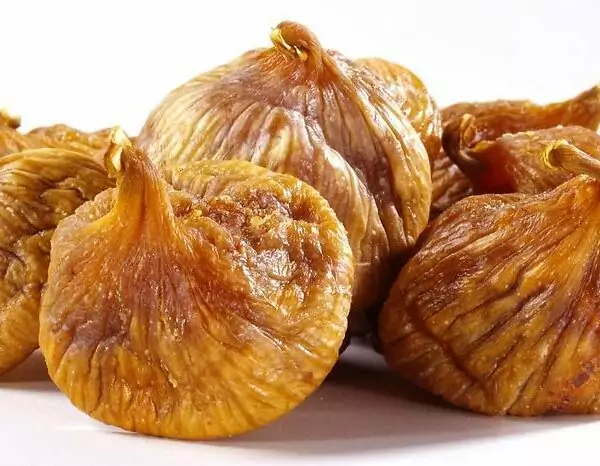
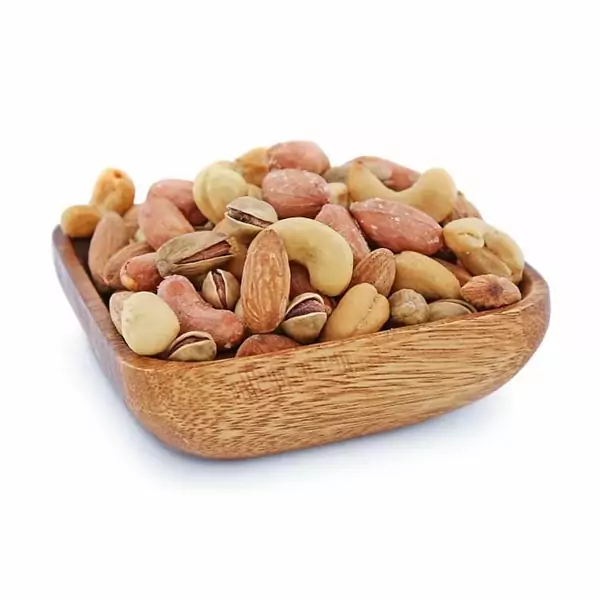
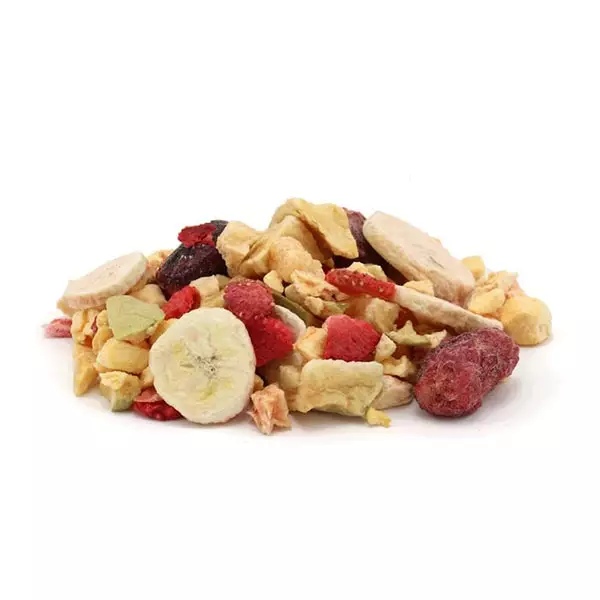
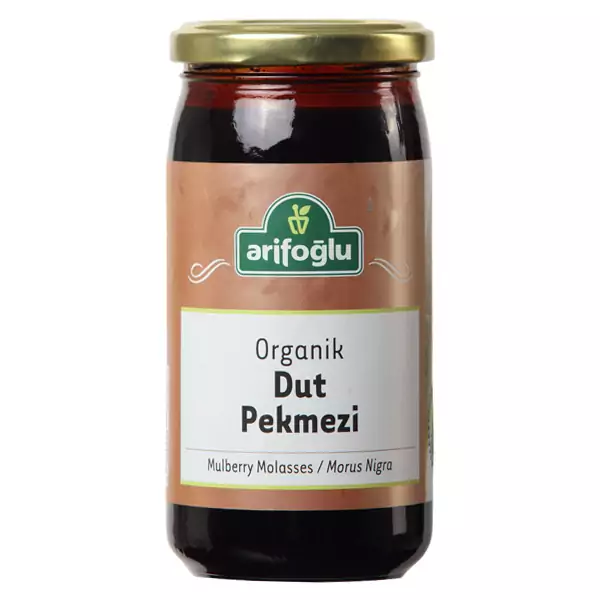
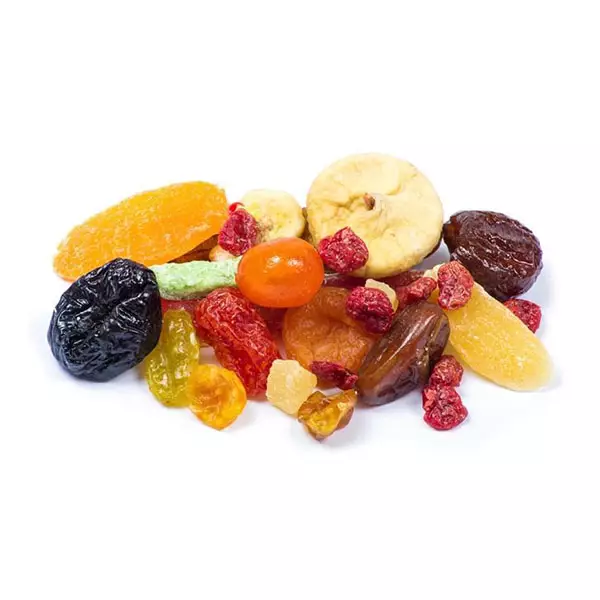
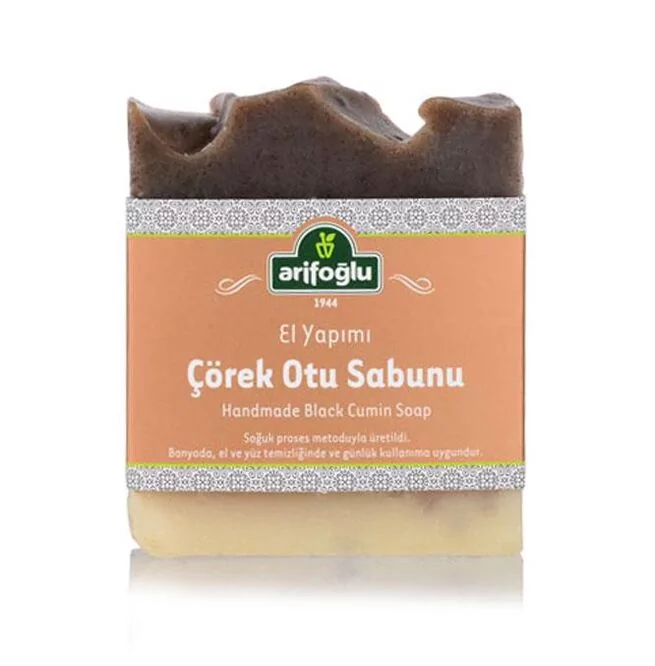
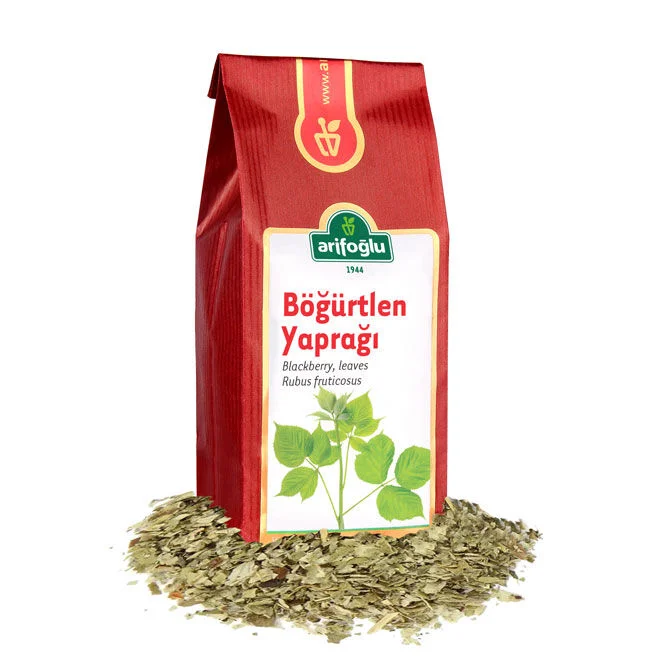
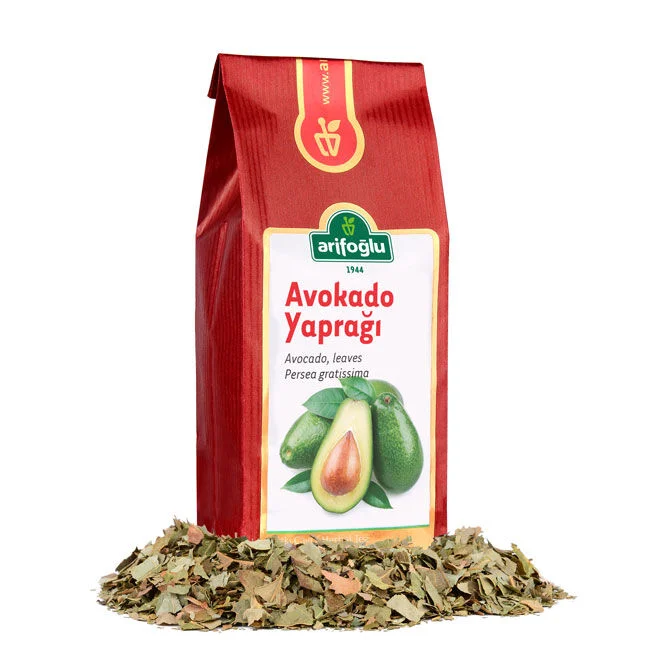
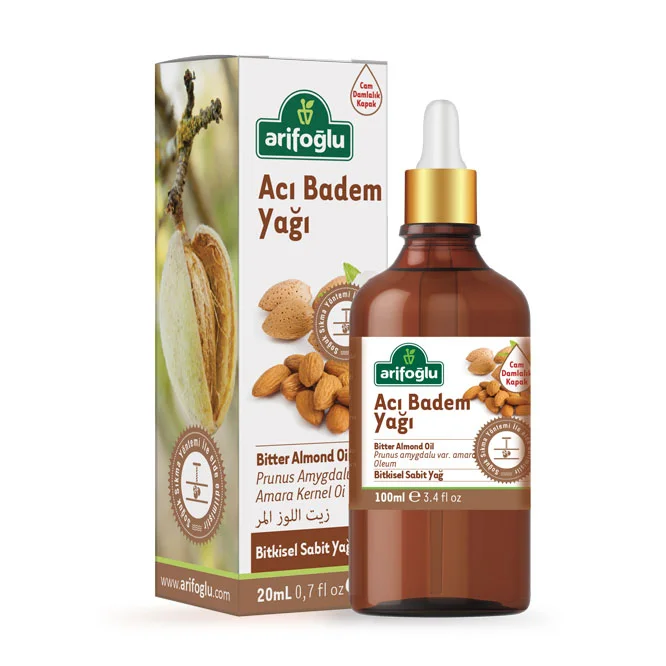
Reviews
Clear filtersThere are no reviews yet.